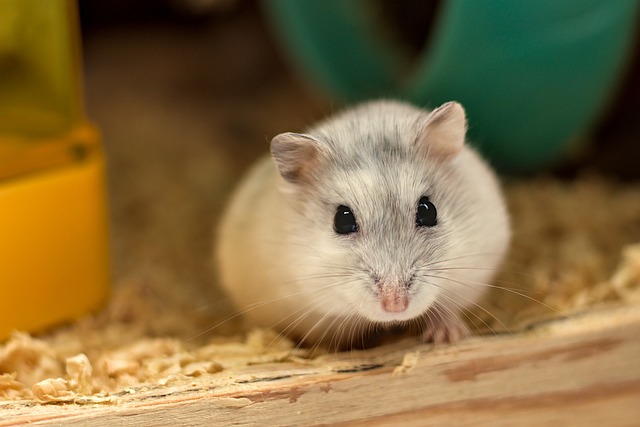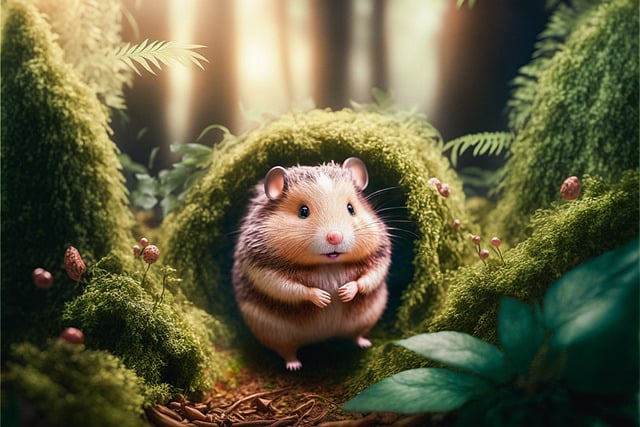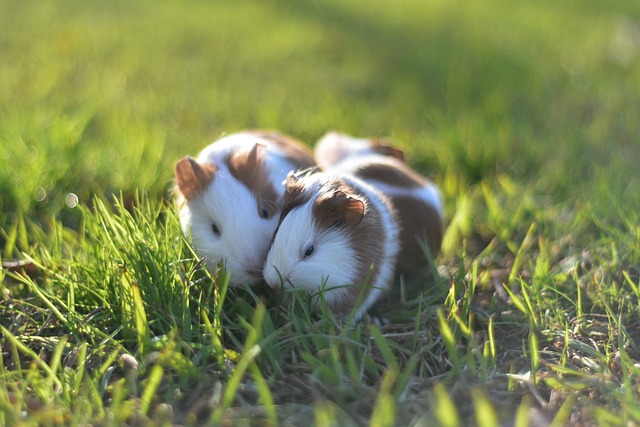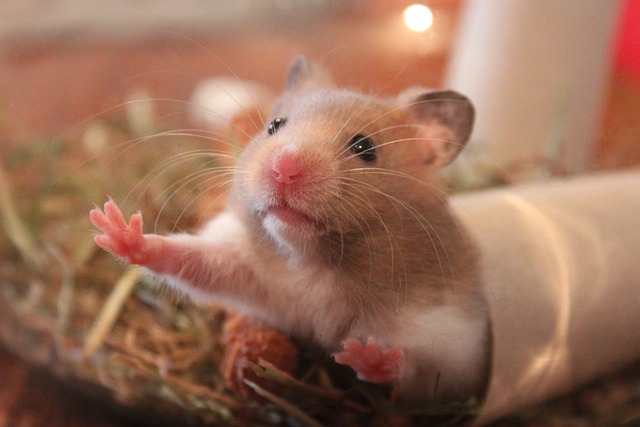Hamsters Vs Rat Size Difference – Hamsters.pk
Comparing the Average Sizes of Hamsters and Rats
When considering a small pet, many people find themselves choosing between hamsters and rats. While both these rodents make excellent companions, one of the most notable differences between them is their size. In this article, we’ll take a closer look at the average sizes of hamsters and rats to help you make an informed decision about which pet is right for you.
Hamster Sizes
Hamsters come in several different breeds, each with its own unique size range. Here are some of the most common hamster breeds and their average sizes:
- Syrian Hamsters: Also known as Golden Hamsters, these are the largest of the hamster breeds. They typically measure between 5 to 7 inches (13 to 18 cm) in length and weigh around 4 to 5 ounces (110 to 140 grams).
- Dwarf Hamsters: There are several types of dwarf hamsters, including Campbell’s, Winter White, and Roborovski. These tiny hamsters usually measure between 2 to 4 inches (5 to 10 cm) in length and weigh around 1 to 2 ounces (25 to 50 grams).
- Chinese Hamsters: These hamsters are often considered a separate species from other hamsters. They typically measure around 3 to 4 inches (8 to 10 cm) in length and weigh approximately 1.5 to 2 ounces (40 to 60 grams).
Rat Sizes
Rats, on the other hand, are generally larger than hamsters. The most common pet rat breed is the Fancy Rat, which comes in a wide variety of colors and patterns. On average, adult male fancy rats measure between 9 to 11 inches (23 to 28 cm) in length, while adult females are slightly smaller, measuring around 7 to 9 inches (18 to 23 cm). When it comes to weight, adult male fancy rats typically weigh between 1 to 1.5 pounds (450 to 680 grams), and adult females weigh around 12 to 14 ounces (340 to 400 grams).
Size Comparison
To put the size difference into perspective, the largest hamster breed, the Syrian hamster, is still smaller than the average adult female fancy rat. This means that rats require more space in their cages and may be better suited for individuals who have more room to dedicate to their pet’s habitat.
Conclusion
Understanding the size differences between hamsters and rats is crucial when deciding which pet is the best fit for your lifestyle and living space. While both animals make wonderful companions, their size can impact factors such as cage requirements, handling, and overall care. By considering the average sizes of hamsters and rats, you can ensure that you choose a pet that suits your preferences and can provide them with a comfortable and enriching environment.
Factors Influencing the Size Variations in Hamsters and Rats
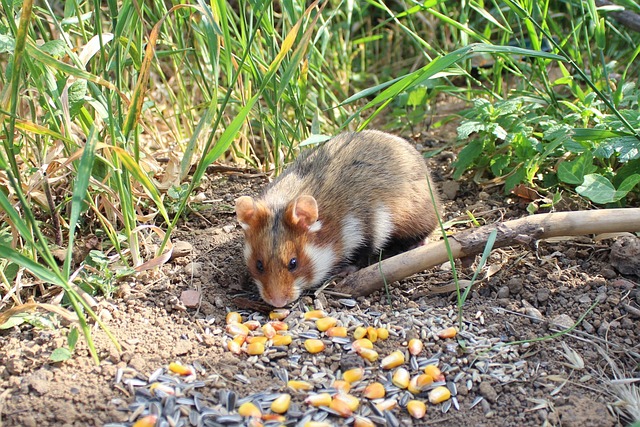
When discussing the size differences between hamsters and rats, it’s essential to understand the various factors that contribute to these variations. Both hamsters and rats come in different breeds and subspecies, each with its own unique size range. In this article, we’ll explore the key factors that influence the size variations in these popular small pets.
Genetics and Breed
One of the most significant factors influencing the size of hamsters and rats is their genetic makeup and breed. Different breeds of hamsters and rats have been selectively bred over time to exhibit specific characteristics, including size.
For example, Syrian hamsters, also known as Golden hamsters, are the largest of the hamster breeds, while dwarf hamsters like Campbell’s, Winter White, and Roborovski are much smaller. Similarly, fancy rats, the most common pet rat breed, are typically larger than their wild counterparts, the Norway rat.
Age and Growth
Another crucial factor that affects the size of hamsters and rats is their age and growth stage. Both hamsters and rats continue to grow until they reach adulthood, which occurs at different times depending on the breed and individual animal.
Hamsters typically reach their full adult size between 3 to 6 months of age, while rats may continue to grow until they are around 8 to 12 months old. During this growth period, their size can vary significantly, with younger animals being smaller than their adult counterparts.
Diet and Nutrition
The diet and nutrition of hamsters and rats can also play a role in their size. A well-balanced diet that provides all the necessary nutrients, vitamins, and minerals is essential for proper growth and development.
Overfeeding or providing a diet high in fat and sugar can lead to obesity, which can make an animal appear larger than its healthy size. On the other hand, a diet lacking in essential nutrients may result in stunted growth and smaller size.
Health and Environment
Finally, the overall health and environment in which hamsters and rats live can influence their size. Animals that are healthy and well-cared for are more likely to reach their full size potential, while those that experience illness, stress, or poor living conditions may have stunted growth.
Factors such as cage size, temperature, humidity, and social interaction can all impact the health and well-being of hamsters and rats, which in turn can affect their size.
Conclusion
The size variations observed in hamsters and rats are the result of a combination of factors, including genetics, breed, age, diet, health, and environment. By understanding these factors and providing optimal care for your pet, you can help ensure that they reach their full size potential and maintain a healthy, happy life.
Health and Lifespan: How Size Affects Hamsters and Rats
When considering the overall health and lifespan of hamsters and rats, it’s important to understand how their size can play a role. While both these small pets have relatively short lifespans compared to larger animals, there are some notable differences between hamsters and rats in terms of how their size affects their health and longevity. In this article, we’ll explore the relationship between size, health, and lifespan in hamsters and rats.
Hamster Health and Size
Hamsters, being smaller than rats, have some unique health considerations related to their size. Here are a few ways in which size can affect hamster health:
- Metabolism: Smaller animals, like hamsters, tend to have faster metabolisms, which means they require more energy per unit of body weight compared to larger animals. This high metabolism can make them more susceptible to health issues if their diet is not properly balanced.
- Digestive Health: Due to their small size, hamsters have delicate digestive systems. They are prone to issues such as intestinal blockages if they consume inappropriate materials or are fed an improper diet.
- Injury Risk: Hamsters’ small size makes them more fragile and susceptible to injuries from falls or mishandling. It’s crucial to handle them gently and provide a safe, secure habitat.
Rat Health and Size
Rats, being larger than hamsters, have some different health considerations. Here are a few ways in which size can affect rat health:
- Obesity: Rats, especially those kept as pets, are prone to obesity due to their larger size and the potential for overfeeding. Obesity can lead to various health issues, such as heart disease, diabetes, and joint problems.
- Respiratory Issues: Rats have sensitive respiratory systems, and their larger size means they have more lung capacity. However, this also makes them more susceptible to respiratory infections if their living environment is not kept clean and well-ventilated.
- Tumor Risk: Rats, particularly females, have a higher risk of developing tumors compared to hamsters. This risk increases with age and can be influenced by factors such as diet and genetics.
Lifespan and Size
The lifespan of hamsters and rats is also affected by their size. In general, smaller animals tend to have shorter lifespans than larger ones. Here’s a comparison of the average lifespans of hamsters and rats:
- Hamsters: The average lifespan of hamsters ranges from 2 to 3 years, with some individuals living up to 4 years with proper care.
- Rats: The average lifespan of rats is slightly longer than hamsters, ranging from 2 to 4 years, with some individuals living up to 5 years with proper care.
It’s important to note that these are average lifespans, and individual animals may live longer or shorter lives depending on various factors such as genetics, diet, environment, and overall care.
Conclusion
Understanding how size affects the health and lifespan of hamsters and rats is essential for providing them with the best possible care. By being aware of the unique health considerations for each species and taking steps to address them, pet owners can help their small companions live healthy, happy lives. Regular veterinary check-ups, a balanced diet, a safe and clean living environment, and plenty of love and attention can go a long way in promoting the well-being of these beloved small pets, regardless of their size.
Choosing the Right Pet: Considering Size When Deciding Between Hamsters and Rats
When it comes to choosing a small pet, many people find themselves torn between hamsters and rats. While both these rodents make wonderful companions, there are several factors to consider before making a decision, and size is one of the most important. In this article, we’ll discuss how size should influence your choice between hamsters and rats as pets.
Space Requirements
One of the most crucial factors to consider when choosing between hamsters and rats is the amount of space you can dedicate to your pet. Due to their size difference, hamsters and rats have different housing requirements.
- Hamsters, being smaller, require less space than rats. A single hamster can thrive in a cage with a minimum floor space of 24 x 12 inches (60 x 30 cm) and a height of at least 12 inches (30 cm). However, bigger is always better, and a larger cage will provide your hamster with more opportunities for exercise and enrichment.
- Rats, on the other hand, need more space due to their larger size and active nature. A pair of rats should have a cage with a minimum floor space of 24 x 36 inches (60 x 90 cm) and a height of at least 24 inches (60 cm). Again, providing a larger cage is beneficial for your rats’ overall well-being.
Handling and Interaction
Another aspect to consider when choosing between hamsters and rats is how their size affects handling and interaction.
- Hamsters, being smaller and more delicate, require gentle handling. They may be more suitable for older children or adults who can understand the importance of handling them carefully. Some hamsters, especially the smaller dwarf varieties, can be more skittish and may take longer to bond with their owners.
- Rats, with their larger size, are generally easier to handle and are less likely to be injured by accidental drops or rough handling. They are often more social and enjoy interacting with their owners, making them a good choice for those who want a more engaging pet. Rats are also known for their intelligence and can learn tricks and navigate complex environments.
Lifespan and Commitment
Size can also indirectly affect the lifespan of hamsters and rats, which is another factor to consider when making your choice.
- Hamsters have an average lifespan of 2 to 3 years, with some individuals living up to 4 years with proper care.
- Rats have a slightly longer average lifespan of 2 to 4 years, with some individuals living up to 5 years with proper care.
While the difference in lifespan may not seem significant, it’s essential to consider the level of commitment you’re willing to make when choosing your pet. A longer lifespan means a longer commitment to providing care, attention, and financial support for your pet’s needs.
Conclusion
When deciding between hamsters and rats as pets, size is a crucial factor to consider. It affects various aspects of pet ownership, including space requirements, handling, interaction, and lifespan. By carefully evaluating your available space, the level of interaction you desire, and the commitment you’re willing to make, you can choose the pet that best suits your lifestyle and preferences.

Remember, regardless of whether you choose a hamster or a rat, both these small pets require proper care, attention, and love to thrive. By providing them with a suitable living environment, a balanced diet, regular veterinary check-ups, and plenty of interaction, you can ensure that your chosen companion will bring you joy and companionship for years to come.

